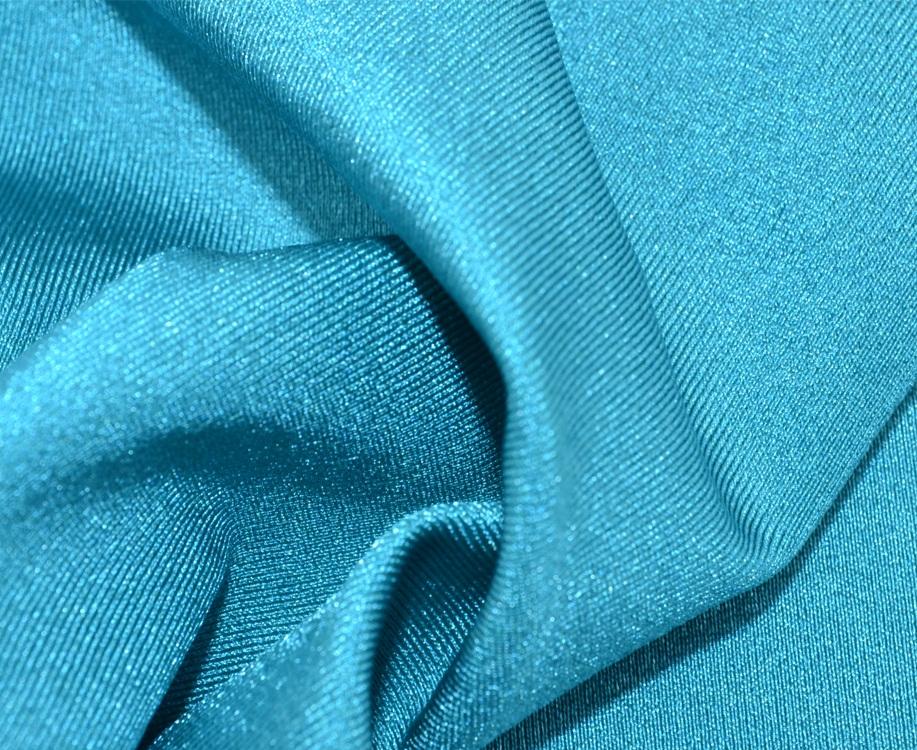What are the main uses of nylon in daily life?
Nylon is a big family, now there are more than 20 kinds Among them, there is mainly nylon 6, whose full name is polycaprolactam fiber Mainly used for socks, underwear, sportswear, etc. The commonly known "card silk socks" in the market are woven from nylon 6 filament, while other clothing fabrics such as Roman cloth, spandex, and satin are mixed with nylon and other fibers. Nylon 66, also known as polyhexamethylenediamine fiber. This is the first polyamide fiber invented by Carlyle in the United States. Its use is similar to nylon 6, but it is particularly suitable for manufacturing products such as raincoats and folding umbrellas.

Because nylon has high strength and wear resistance, it is the most suitable material for making socks. Cotton socks that people originally wore were not durable due to their low strength and poor wear resistance, so repairing socks in the 1930s was a common household chore for mothers. Long tube stockings woven from nylon filament have good elasticity and high transparency. Later, in order to improve the comfort of wearing, curly nylon elastic silk was used to weave socks, which can stretch and retract freely. Because the moisture absorption rate of nylon is between 3.5% and 5%, customers often feel a slight lack of comfort after wearing it for a long time. The emergence of nylon and cotton interwoven products in the market is aimed at improving this lack.
Article source: Nylon colored yarn
-
05-27
The reason why fabrics containing spandex are prone to yellowing
Spandex is a commonly used fiber variety in our daily lives, characterized by good elasticity, low fineness, high elastic modulus (cracking elongation can reach 400-800), and low specific gravity. Spa
-
04-24
Colored non dyed nylon with synthetic fiber raw material
The current conventional fiber coloring mostly uses yarn dyeing method, which has long process, high loss, high cost, and the product has color difference and low color wash fastness. Yarn is prone to
-
03-26
What are the characteristics of non dyed spandex?
Non dyed spandex has also been widely used in recent years. Non dyed spandex fiber can be blended with fibers such as nylon, polyester, acrylic, cotton, wool, etc., which can give fabrics excellent el
-
02-24
The influence of yarn structure on fabrics
The basic characteristics of yarn include its appearance and shape, twisting characteristics, fiber transfer and distribution characteristics in the yarn, as well as the surface fuzz and internal loos
